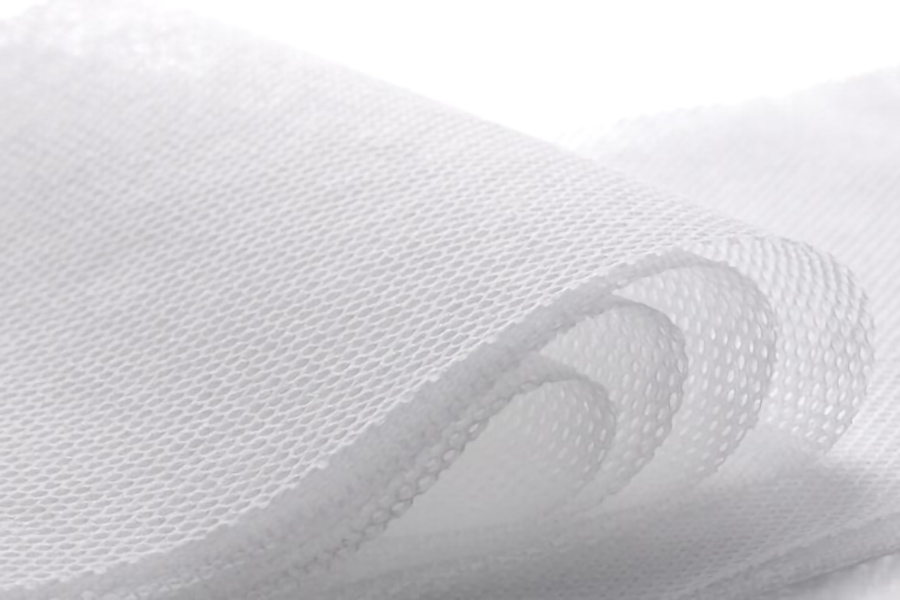Conductive hot air nonwoven fabric have several important uses in air filtration applications and require some key properties in their raw materials. Here's a further explanation of the uses and features you mentioned:
use:
Filter media: Conductive hot air non-woven fabrics can be used as filter media to remove particles in the air. This includes dust, particles, bacteria, viruses, etc. Filtration efficiency is a key indicator to ensure that airborne pollutants are effectively captured.
Conductive layer: Conductive hot air non-woven fabric can also be used as a conductive layer to help eliminate static electricity in the air. This is important to prevent static clinging of particles or other issues.
Heating elements: These non-woven fabrics also serve as heating elements for removing moisture from the air. By heating up, it can help evaporate or remove moisture, improving air quality.
Sensing element: In some applications, conductive hot air non-woven fabrics can also be used as sensing elements to detect the presence of specific particles or specific conditions in the air, such as humidity.
characteristic:
Filtration efficiency: The filtration efficiency of fabric is a key factor in ensuring that particles in the air are effectively removed. High-efficiency filter media improves air quality.
Conductivity: Conductivity is a key property used to eliminate static electricity and prevent it from negatively affecting filtration efficiency.
Thermal Conductivity: Thermal conductivity is an important property when used as a heating element, helping to remove moisture or moisture.
Chemical Resistance: The fabric needs to be able to resist interaction with chemicals in the air without degrading its performance.
Temperature resistance: Especially in high-temperature environments, fabrics need to maintain their filtration properties, so high-temperature resistance is an important feature.
In summary, conductive hot air non-woven fabrics play multiple roles in air filtration applications, providing strong support for improving air quality and filtration efficiency. Proper selection of materials and ensuring they have the necessary properties are crucial for different applications.

